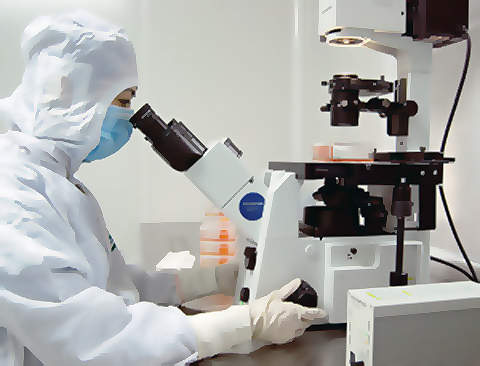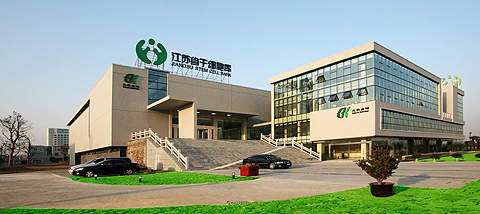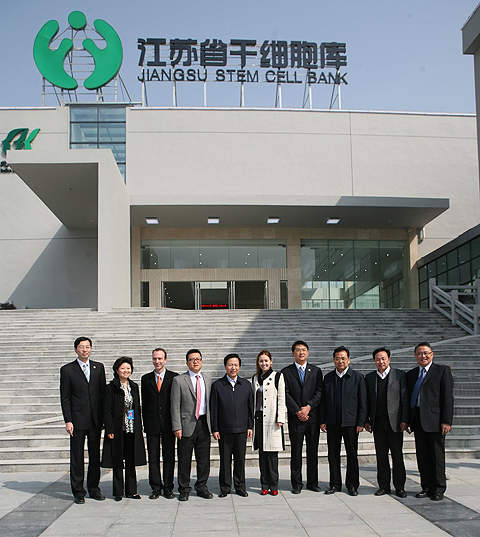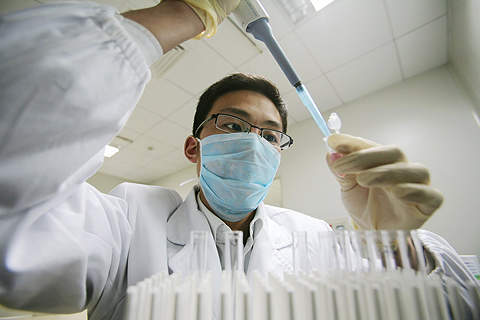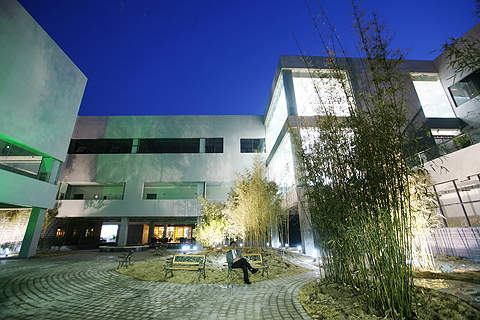Beike Biotechnology, in association with Jiangsu Government’s China Medical City, has opened a stem cell storage and processing facility in Jiangsu Province, China, in May 2010.
As the world’s largest stem cell storage and processing facility, it can store and process up to one million copies of stem cells. The facility broke ground in April 2009 and was constructed within one year, ahead of schedule.
The facility is a multi-stage project of the National Bio-Industry Base (NBPD). Designed to establish a central research hub for the regenerative medicine and bio-medical industry in China, the project is a collaboration of several industry participants including Fudan University, Huazhong Science and Technology University, Nanjing University Medical School, Jiangsu University, Shanghai Jiao Tong University and Jiangsu Provincial People’s Hospital.
Stem cell centres
The Beike facility accommodates four centres within 20,000m² of space. The first, a cell technology transfer unit, was designed to allow scientists to work together and will be used to transfer their research work to the clinic.
The second centre accommodates the world’s largest stem cell bank with a capacity to store up to one million stem cells. It is equipped with facilities to accommodate an Induced pluripotent stem cells (iPS) bank.
The third is a testing centre designed to test the purity, potency, stability and safety of stem cells. The fourth centre houses a Clinical Technology Service Centre that plays a crucial role in analysing the result of stem cell treatments. This centre acts as an interface between the processing base of stem cells, hospitals and distribution outlets, besides providing clinical support services.
Beike’s Jiangsu production
The Beike facility will be used to conduct three roles. As well as collecting and storing adult stem cells, it will patent and develop new best quality stem cell therapies for clinical practice. It will include umbilical cord blood (UCB) stem cells (which are further categorised into haematopoietic stem cells, endothelial progenitor cells, and mesenchymal stem cells) and bone marrow (BM) stem cells.
The facility will additionally establish processes and protocols that comply with international standards including American Association of Blood Banks (AABB), the Foundation for the Accreditation of Cellular Therapy (FACT) standards and ISO9001 certifications.
Stem-cell technology
The Beike facility will use state-of-the-art processing technologies to develop stem cells for treating a range of ailments. Stem cells are obtained from the umbilical cord, umbilical cord blood or the autologous bone marrow of healthy donors. They are thoroughly screened to check for any transmissible diseases.
Additional screening of the samples is conducted at government-owned blood banks and specialised laboratories of Beike. To get the cord blood serum and ready the stem cells for culturing, the required components are separated from the cord blood within the facility.
The blood cells are separated from the blood serum and stem cells to avoid any interference with future injections.
Via a centrifuge, the serum and stem cells are removed from the red cells and platelets. Once the separation process is completed, the stem cells are separated for culture and the serum which is collected in volumes ranging between 25 and 35ml are kept aside for future use on patients.
The derived stem cells are seeded into a culture-medium contained flask. The medium, free of any animal products, is enhanced using factors of cell growth.
The flasks are kept in a sterilised incubator with temperature and humidity control. During the culturing process, the stem cells expand and any remaining blood cells are removed.
On completion of the process, the suitable stem cells that contain more than 5×107 quantity are harvested for transplantation. Final testing of all stem cell batches will be carried out to check for quality and quantity following which the stem cells will be placed into a sterile IV bag or a sterile vial for transplantation.

